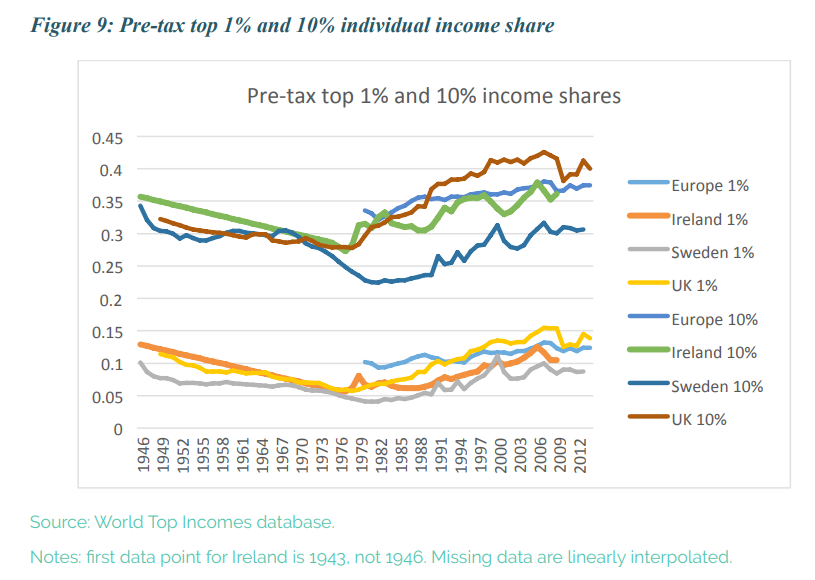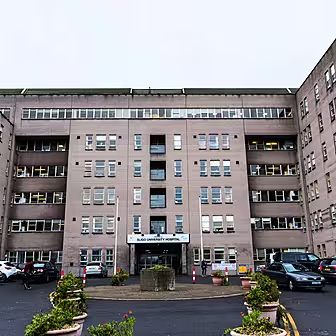The top 10% of earners in Ireland receive almost 25% of the national income.
A report from TASC (the Think Tank for Action on Social Change) is warning pay inequality is being made worse by the high cost of living and a lack of universal access to public services like health, childcare and housing.
The findings of the report are being presented at a seminar in Dublin today.
The study found that a quarter of the population is at risk of poverty, including people from working and lower middle classes who are struggling because of low pay and poor working conditions.
It also warns that 27.3% of children are at risk of poverty.
According to the report, the bottom 40% of the population receives 22% of national income.
The top one percent, in contrast, receives over 5% of the national income.
 Image: TASC
Image: TASC'Serious structural problems'
TASC suggests that while there are "serious structural problem" with pay inequality, there is "significant scope" for redistributing money between high and low-pay workers.
The report's author, Dr Robert Sweeney, explained that Ireland has an 'employer friendly' labour market compared to many other countries.
That leads to issues such as higher levels of low-pay.
He observed: "Ireland is unusual is in the low share of national income that goes to the working-to-lower middle classes.
"The top ten percent does nicely and the top one percent in particular.
"This suggests that the problem for the struggling and too often invisible working groups is one of insufficient pay.”
He suggested that issues could be addressed by moving towards a 'living wage' for workers, which could be complemented by investments in public services.
He also argued: "People need to be more covered by collective bargaining agreements.
"Countries with lower levels of inequality typically have high levels of collective bargaining coverage."









